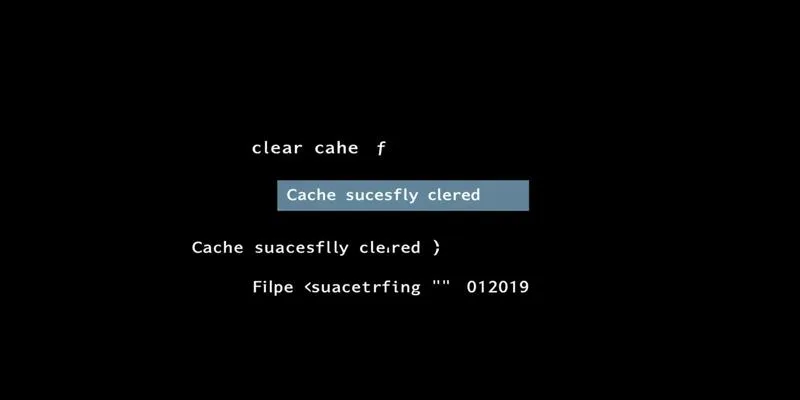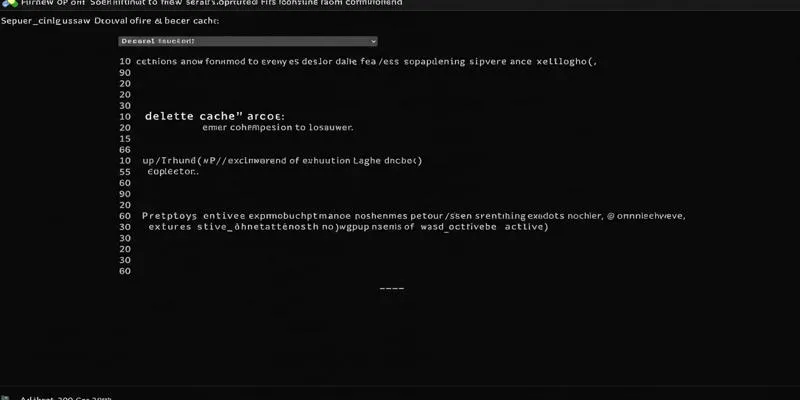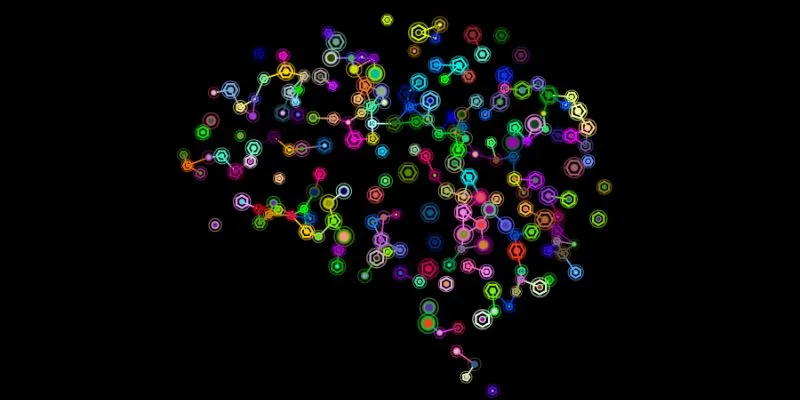What is a cache? And why does clearing it fix things?
Caching is a crucial technique in computing that involves storing frequently accessed data in quick-access storage locations. This method is employed across various technological systems, including web browsers, operating systems, CPUs, and other hardware components. The primary goal of caching is to enhance performance by speeding up access to data from slower storage systems.
What is a Cache?

A cache refers to a temporary data storage area that facilitates efficient data retrieval. Acting as a speed enhancer, it bridges the main memory and slower storage devices like hard drives and internet sources. By storing frequently used data in these faster storage areas, system performance is significantly improved.
Types of Caches
- Browser Cache: Web browsers utilize caching to store website elements such as images, scripts, and stylesheets. This ensures quicker page load times on subsequent visits.
- System Cache: Operating systems use caching to enhance file access speed by storing frequently accessed files or their parts in RAM.
- CPU Cache: CPUs temporarily store data and instructions in caches to expedite processing operations, significantly speeding up computations.
- Storage Device Cache: Hard drives and solid-state drives use caching to accelerate disk read and write processes.
Why Does Clearing the Cache Fix Issues?
- Clearing the cache resolves problems arising from outdated or corrupted cached data. Here’s how it helps:
- Updated Data Access: Cached data may become outdated if the source data changes. Clearing the cache ensures the system retrieves the latest versions.
- Corrupted Data Removal: Corrupted cached data can lead to display errors and incorrect information. Clearing the cache removes such data, allowing retrieval of accurate information.
- Privacy Protection: Cached data can include sensitive information like user credentials and browsing history. Clearing it helps protect privacy by removing stored data.
- Storage Optimization: An expanding cache can fill up storage space, affecting system performance. Clearing the cache frees up space, enhancing performance.
- Compatibility Resolution: Cached data may cause compatibility issues with new software or website versions. Clearing it ensures compatibility by using updated data.
How to Clear Cache

The method to clear cache varies based on the cache type and platform.
Clearing Browser Cache
- Google Chrome: Go to Settings > Privacy and security > Clear browsing data.
- Mozilla Firefox: Navigate to Options > Privacy & Security > Cookies and Site Data > Clear Data.
- Safari: Access Cache management through Preferences > Privacy > Manage Website Data > Remove All.
Clearing System Cache
- Windows: Use the Disk Cleanup tool or third-party software to erase system files and temporary data.
- macOS: Open About This Mac, then check the Storage tab to manage storage and perform system file cleanup.
Clearing CPU Cache
The CPU automatically manages its cache, requiring no user intervention for clearing.
Benefits of Caching
While clearing caches is necessary periodically, caching offers several advantages:
- Increased Performance: Caching enables faster retrieval of frequently accessed data, improving system performance and user experience.
- Reduced Server Load: Web content caching minimizes server requests by storing frequently used resources locally, enhancing network speed.
- Energy Efficiency: Systems with efficient data retrieval consume less power.
Cache and Its Impact on Software Updates
During application updates, cached data can lead to installation issues or compatibility problems. Updates require fresh data, and conflicts may arise if outdated cached files are referenced. Clearing the cache post-update ensures the use of the latest data, crucial for system stability and performance.
Security Risks Associated with Cached Data
While caching enhances speed, it also poses security risks. Sensitive information like login details and browsing history can be targeted by hackers if stored in cache. Unauthorized parties might access cached data on shared or compromised devices. Regular cache cleaning mitigates these risks by deleting stored information. Websites often keep session data in the cache, so clearing it prevents unauthorized access post-logout.
Balancing Cache Benefits and Drawbacks
Performance gains from caching depend on balancing speed benefits against potential drawbacks. Excessive cached data can become outdated, while frequent cache clearing slows down performance due to additional data retrieval. Users should tailor their cache-clearing schedule to their needs, with power users clearing browser cache weekly and casual users doing so monthly. Understanding caching in browsers, apps, and operating systems helps users effectively manage cache clearing for smooth and secure operations.
Conclusion
Caching plays a pivotal role in enhancing system performance by enabling quick data retrieval. However, cached data can become outdated or corrupted, necessitating periodic cache clearing to resolve related issues. By understanding caching operations and adopting appropriate cache-clearing practices, users can maintain efficient and secure system operations.
Related Articles

Step-by-Step Guide to Clearing Cache in Canva for Better Performance

How to Resolve Website Loading Issues in Chrome, Firefox & Safari

Best Project Management Software for Small Businesses: A Comprehensive Guide

Solving Grammarly Issues in Google Docs: Quick and Simple Fixes

Slack vs. Teams: Which Should Your Business Use for Enhanced Collaboration
Popular Articles

How CoverDoc Uses AI to Revolutionize Cover Letter Writing for Job Seekers

The Future of Creativity: The 9 Best Brainstorming Tools in 2025

The 12 Best AI Marketing Tools in 2025 to Boost Reach and Cut Workload

RAW vs. JPEG: The Photographer’s Guide to Choosing the Right File Format

Remini Video Enhancer Review: Transform Your Videos with AI Technology

How to Develop a WordPress Plugin Using Best Practices

Step by Step Guide to Creating Slideshows with iPhoto

The Ultimate Guide to Free Copyright-Free HD Picture Sources

PowerDirector: A Fast and Accessible Video Editing Tool for Everyone

Best Practices for Converting AVI Files to JPG Format

 mww2
mww2